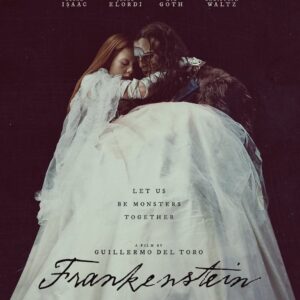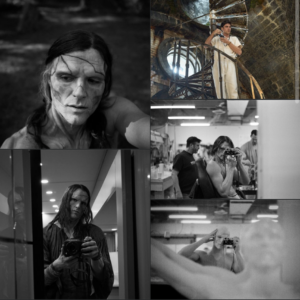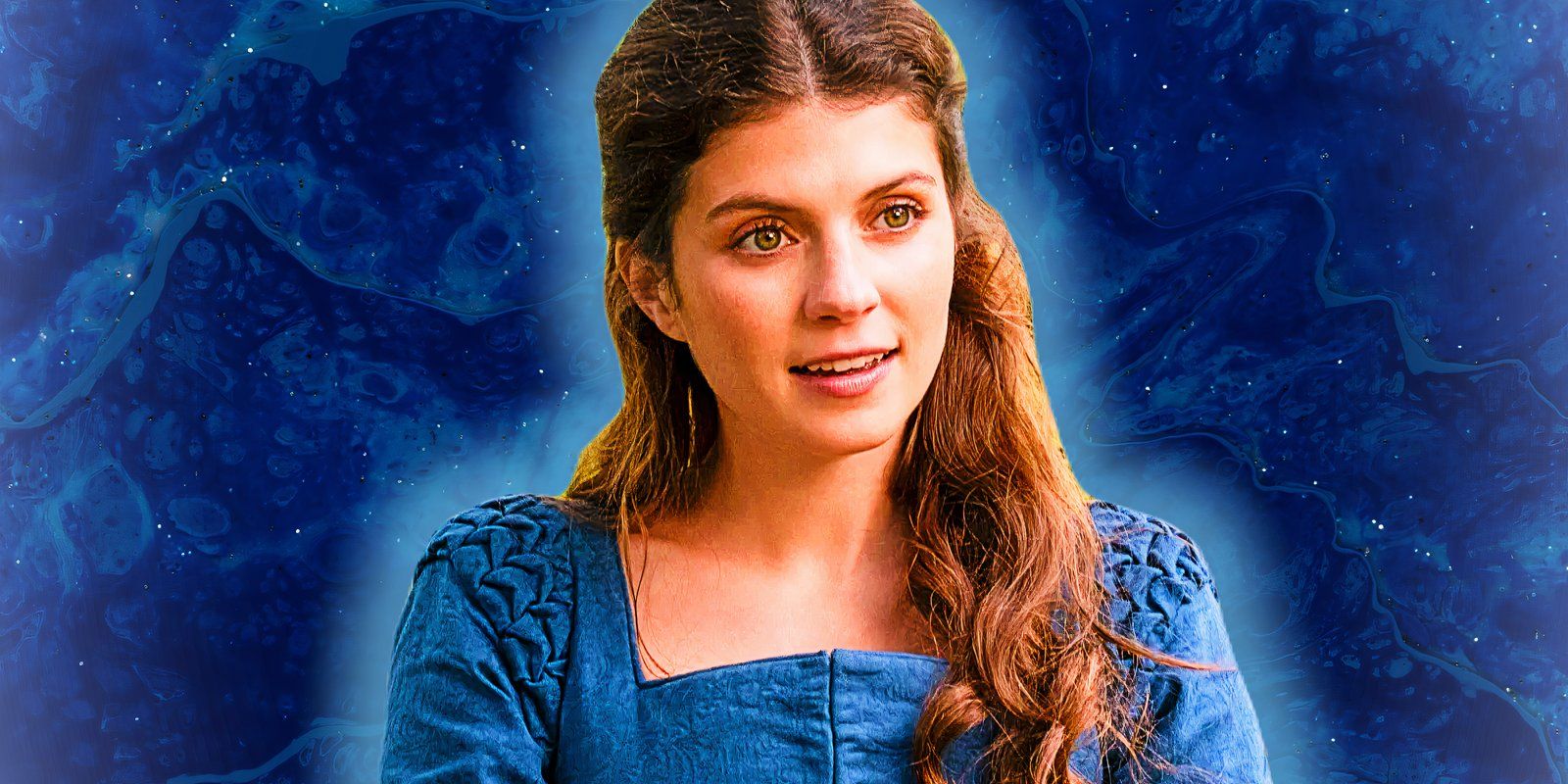
By removing one book subplot, the writers of Prime Video’s My Lady Jane prevented a disaster and strengthened the central allegory. My Lady Jane is 2024’s newest anachronistic historical romance, weaving together a story of steamy relationships and power struggles. The show has already been very successful, receiving a higher Rotten Tomatoes score than all three seasons of Bridgerton. My Lady Jane draws its story primarily from the eponymous novel by Cynthia Hand, Brodi Ashton, and Jodi Meadows – which was deemed a New York Times bestseller and Publishers Weekly’s best young adult book of 2016.
While the overall narrative remains faithful to the source material, My Lady Jane makes multiple changes to the book that develop the characters and add layers of complexity to the plot. While most changes were optional, the writers changed one part of the book that would’ve been disastrous onscreen. The plot they inserted in its place helped create a more compelling message that permeates through the entire series.
My Lady Jane Removes The Romantic Subplot Between Jane And Edward
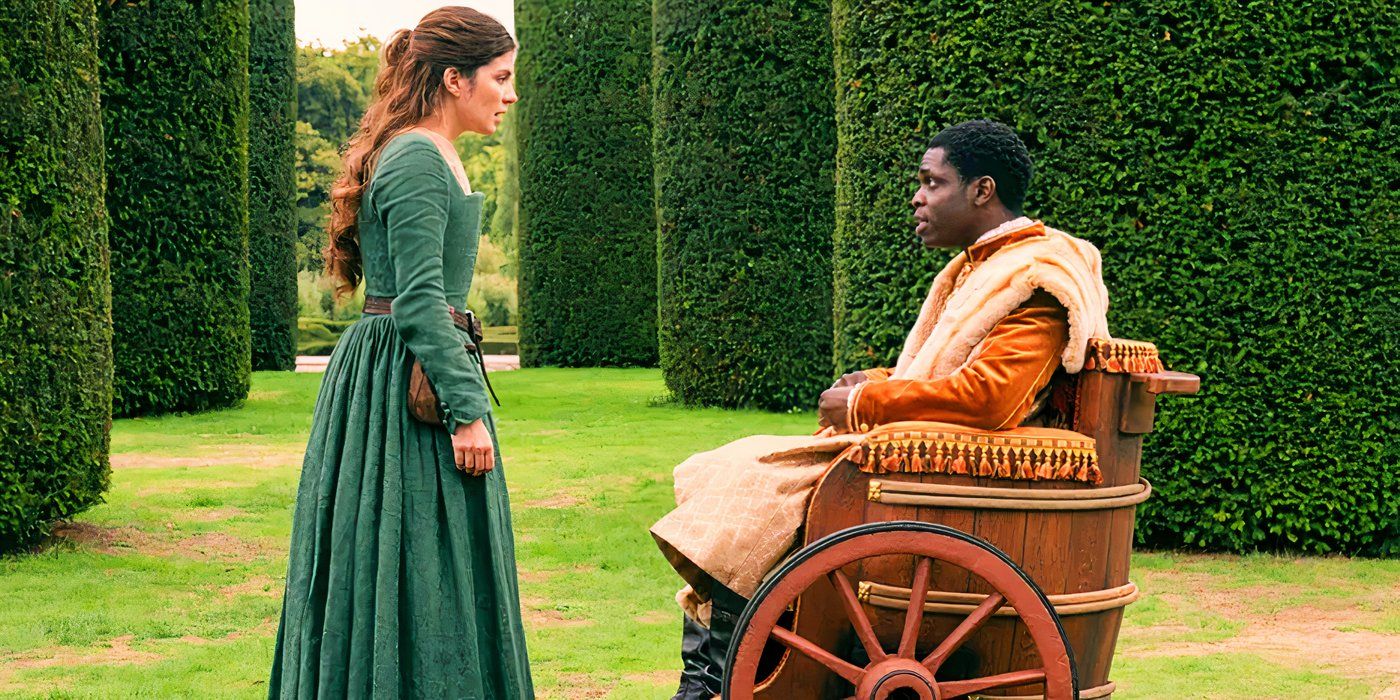
The Prime Video version of My Lady Jane removes one of the worst and most painfully awkward parts of the book, the romantic subplot between Jane and Edward. In the book version of the story, the first cousins, Jane Grey and King Edward, were each other’s first loves and still have lingering romantic feelings for one another. This creates drama when Jane marries Guildford (spelled Gifford and nicknamed G in the book). Edward waxes poetic in his internal narration about how much he wants to marry Jane. Meanwhile, Guildford gets jealous of everything Jane says and does.
The book goes out of its way to remind the readers that cousin romances weren’t taboo at the time, as if that eases the discomfort of reading it.
Guildford even worries that Jane will always put Edward above him. Unfortunately, Jane and Edward’s thoughts confirm there’s a reason for Guildford to be jealous, as both clearly still have feelings for each other. It doesn’t help that they are each other’s closest confidantes and best friends. This makes the lines in their relationship messy and blurred throughout the book.
The ex-lover trope isn’t uncommon in romance stories and can add tension in an enemies-to-lovers plot, like Jane and Guildford’s in My Lady Jane. However, the subplot is painful because Jane and Edward are cousins who grew up with each other. The book goes out of its way to remind the readers that cousin romances weren’t taboo at the time, as if that eases the discomfort of reading it. Sadly, this disclaimer does nothing to make the relationship any less awkward.
The Awkward Cousins’ Romance Would Ruin Prime Video’s My Lady Jane
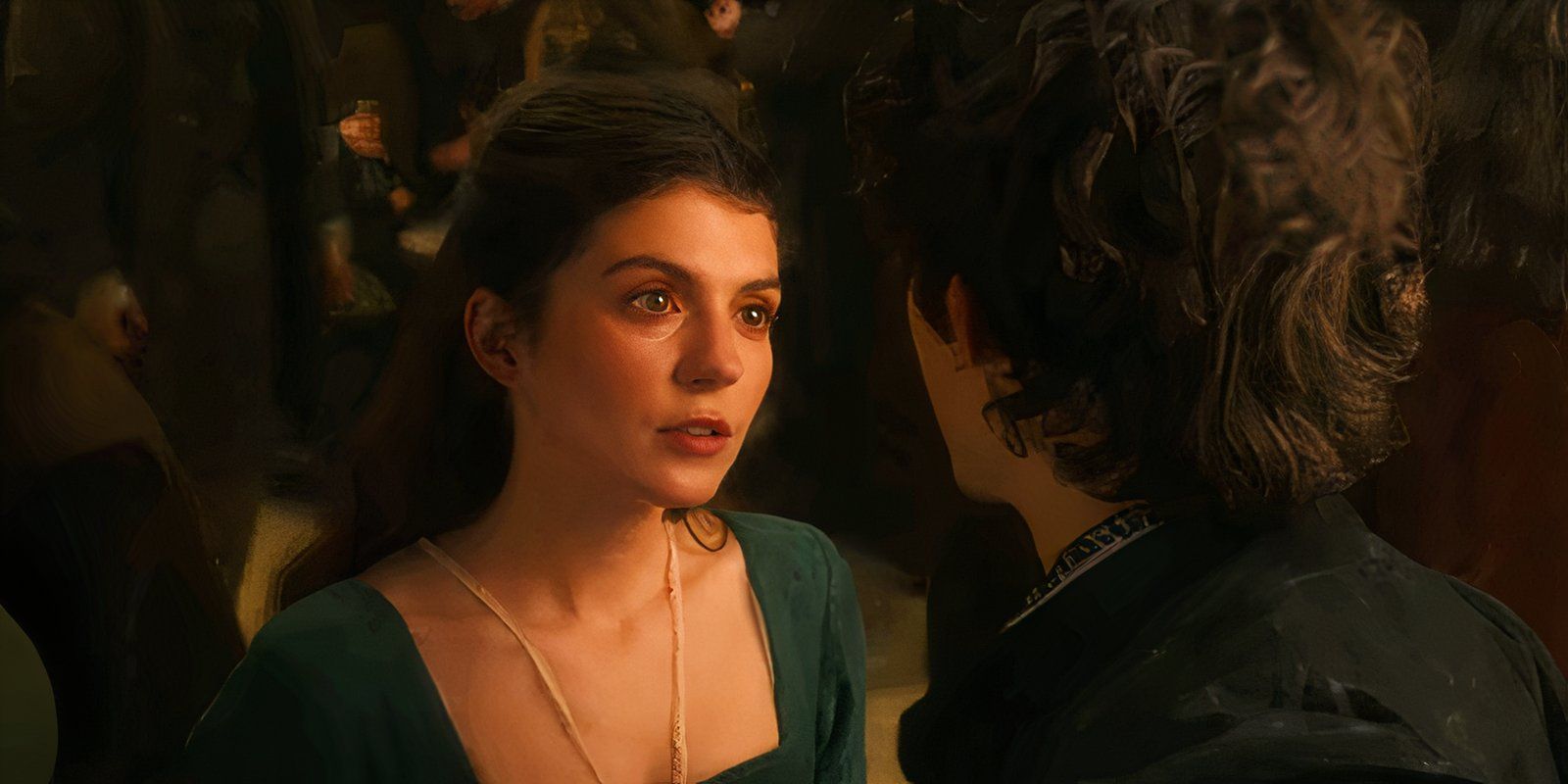
When it comes to changing the source material, Prime Video made the right choice by removing the romance between Edward and Jane. Despite being historically appropriate, modern audiences don’t take well to incestuous relationships, even when the sexual component isn’t present. The perfect example of this is how modern audiences view the relationship between Josh and Cher in the classic 1990s rom-com Clueless. What was previously cute is now seen as gross. Sometimes, period pieces or fantasies get a pass on familial romances, but not often.
The romantic subplot between Jane and Edward becomes even more bothersome and unnecessary when two factors are considered. First, these two historical figures didn’t have a relationship in real life. The authors created this from scratch. Second, the story is about changing history to be more modern and empowering. Based on these two components, it would’ve been a mistake for Prime Video to include this part of the book.
Additionally, the romantic subplot between Edward and Jane would have undermined the strong romantic arc between Jane and Guildford. Amazon’s My Lady Jane nails the enemies-to-lovers formula even without the tension caused by an ex-romance being in the picture. The inclusion of this book plot would’ve just distracted from Jane and Guildford’s passionate love story.
King Edward Being Gay Strengthens The LGBTQ+ Allegory
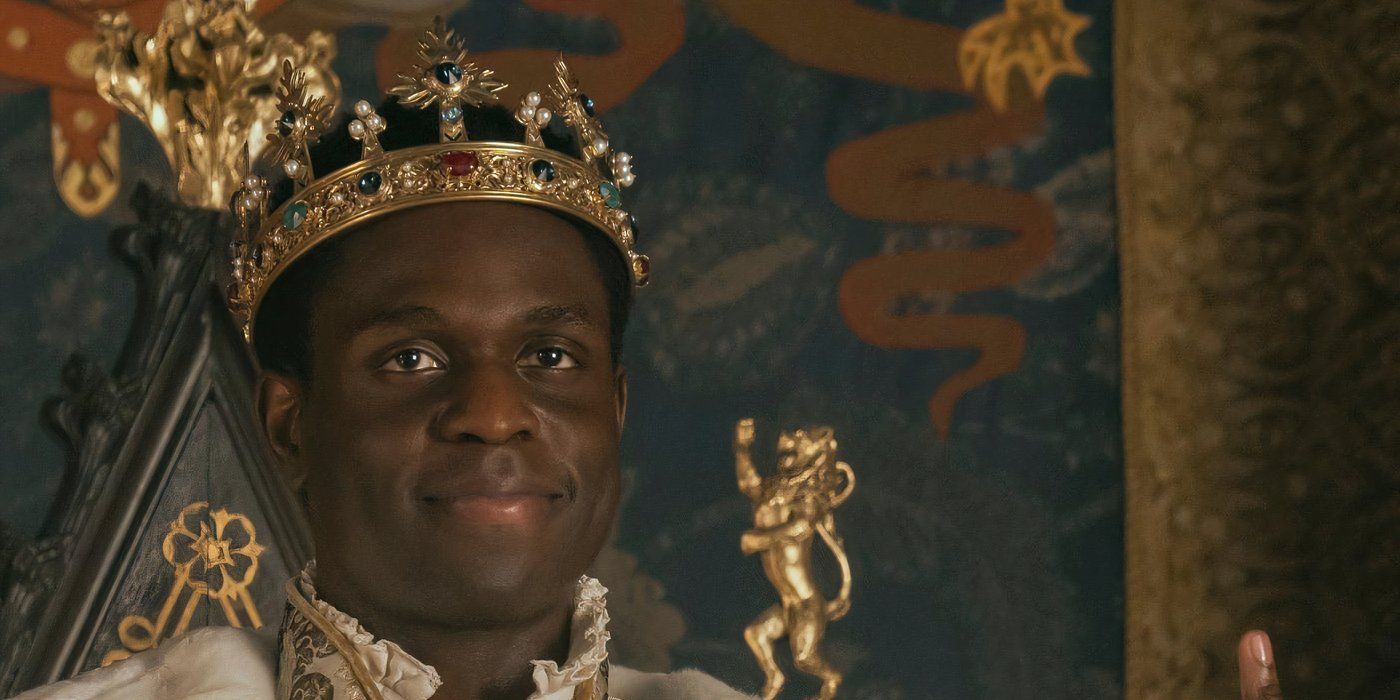
The writers taking out the romantic subplot in My Lady Jane doesn’t just remove something negative; it makes room for one of the best changes from the book to the series. In the Prime Video show, Edward is gay. His sexuality adds representation for the LGBTQ+ community and strengthens the show’s central allegory. When creating the Ethian versus Verity conflict in My Lady Jane, the creative team used it as a vehicle to discuss “otherness.” While there are many different forms of otherness, LGBTQ+ issues are referenced frequently throughout the show.
Some examples of the parallels include the cook’s son and the Pack’s bar. The cook’s son is sent away to a place where they can “cure” verities by torturing them, a thinly veiled parallel to conversion therapy – the pseudoscientific and damaging practice where programs try to “cure” people (usually youths) of their LGBTQ+ identities. Meanwhile, the government outlaws Ethian spaces, like the Pack’s bar, in My Lady Jane; however, Ethians still secretly create them as safe spaces. This harkens to queer history when municipalities refused to issue liquor licenses to gay bars and outlawed LGBTQ+ behaviors as “disorderly conduct.”
While the LGBTQ+ allegory would’ve been powerful either way, the fact that King Edward is both gay and an Ethian makes the message about oppression and otherness much more resonant. The character not only fears the stigma of being an Ethian within the show’s world, but also would face stigma in the real world as a Black gay man. The fact that the fictional King of England, one of the most globally influential people, fears retribution for his identity shows the overwhelming influence of oppression.
Edward And Fitz’s Romance Shows The Importance Of Queer Joy
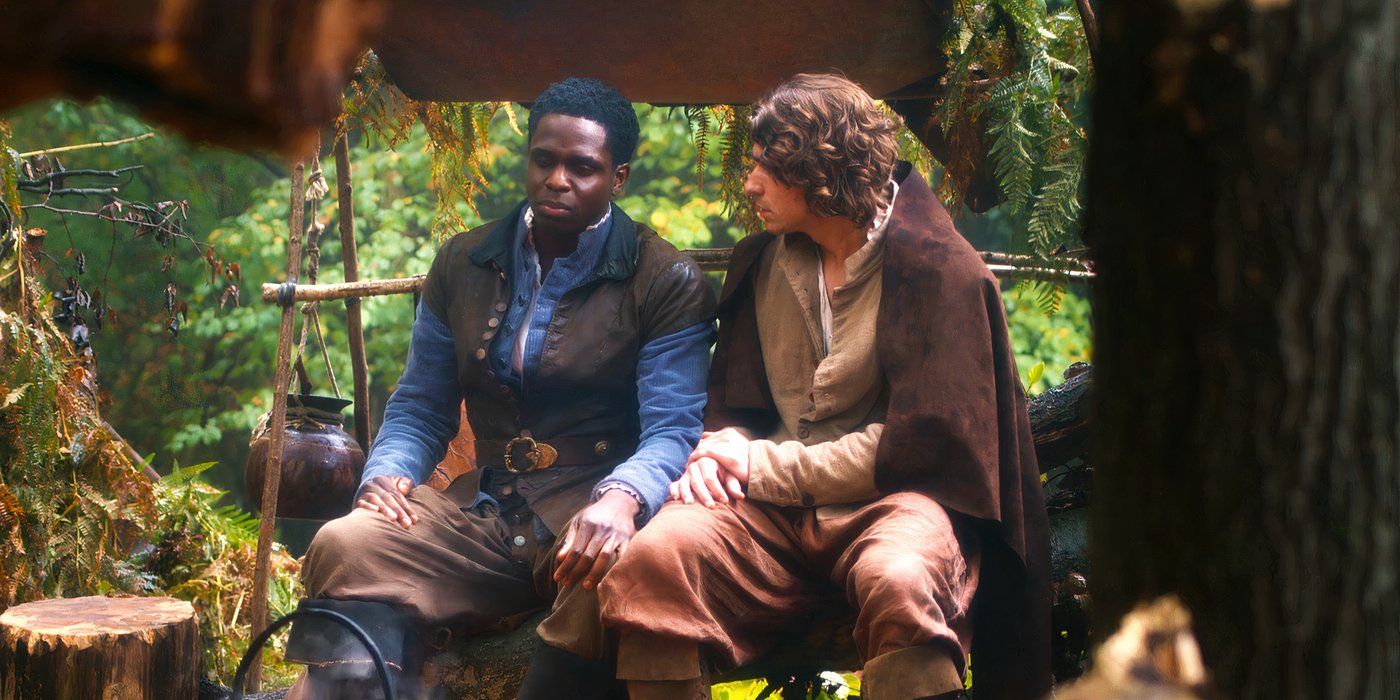
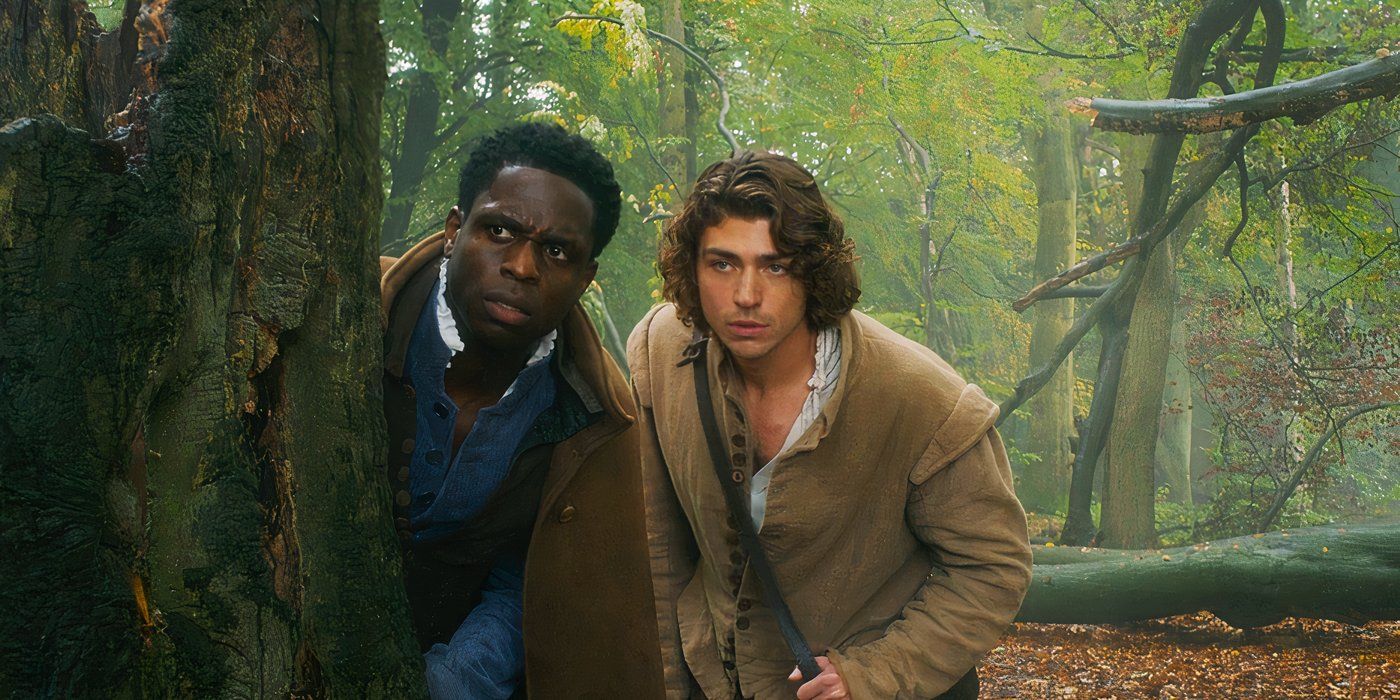
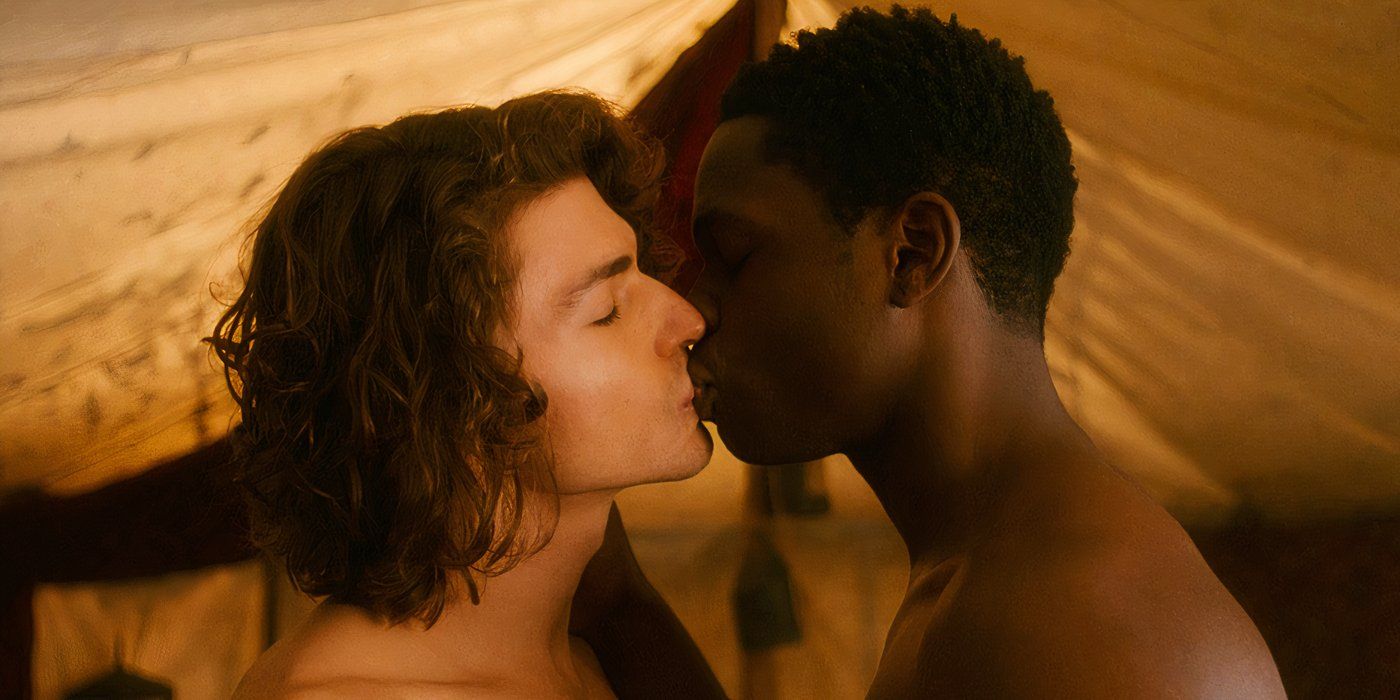
The LGBTQ+ allegory also becomes stronger when looking at the relationship between Edward and Fitz, which wouldn’t have been possible if the show kept the book subplot. Edward and Fitz’s romance is a perfect example of queer joy. For those unfamiliar with the term, “queer joy” refers to the act of being happy despite insurmountable odds and the oppression enforced by society. Not every moment of a marginalized character’s arc needs to be defined by their suffering, and My Lady Jane seems to recognize that.
After all, for marginalized communities, the act of being happy is one of the most powerful forms of resistance
There are so many beautiful moments of queer joy for Edward, like kissing someone he likes for the first time or the excitement of realizing his crush feels the same way. It’s a nice reprieve from the trauma porn that typically defines LGBTQ+ stories. Moreover, there’s also a meta moment to the queer joy. Even watching My Lady Jane and celebrating the relationship between Edward and Fitz bring queer joy. There’s something special and meaningful about seeing a character like you on the TV screen after so long of feeling different.
Hopefully, if My Lady Jane season 2 occurs, the writers will continue to display the positive sides of LGBTQ+ identities. After all, for marginalized communities, the act of being happy is one of the most powerful forms of resistance. Including Edward and Fitz’s steamy and compelling relationship in My Lady Jane is a beautiful act of defiance that reminds the world that LGBTQ+ romance stories have a place and deserve to be told.
